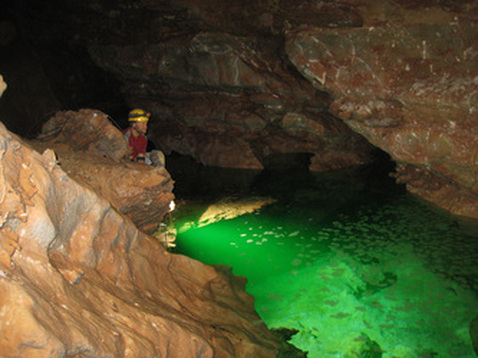Dye Tracing

Dye tracing is a highly effective means to study the movement of groundwater in aquifers, in particular karst aquifers such as the Edwards Aquifer. Typically a fluorescent dye mixture is injected into a cave, sinkhole, well or stream and receptors are placed at potential down gradient locations to detect the dye. Dye tracing can help determine the flow route, velocity, recharge, and discharge points of groundwater. This information is extremely informative when determining wellhead protection areas, critical habitat for protected aquatic species, determining contaminant source, dam integrity studies, for water resource management and water supply development.
Zara staff have successfully completed dozens of dye tracing studies in the U.S. Southwest and Mexico for a wide range of clients including federal and state regulators, local municipalities, and utility companies. Zara hydrogeologists are experienced in designing studies to that yield the maximum amount of data possible while staying within our client's budget.
Zara staff have successfully completed dozens of dye tracing studies in the U.S. Southwest and Mexico for a wide range of clients including federal and state regulators, local municipalities, and utility companies. Zara hydrogeologists are experienced in designing studies to that yield the maximum amount of data possible while staying within our client's budget.
